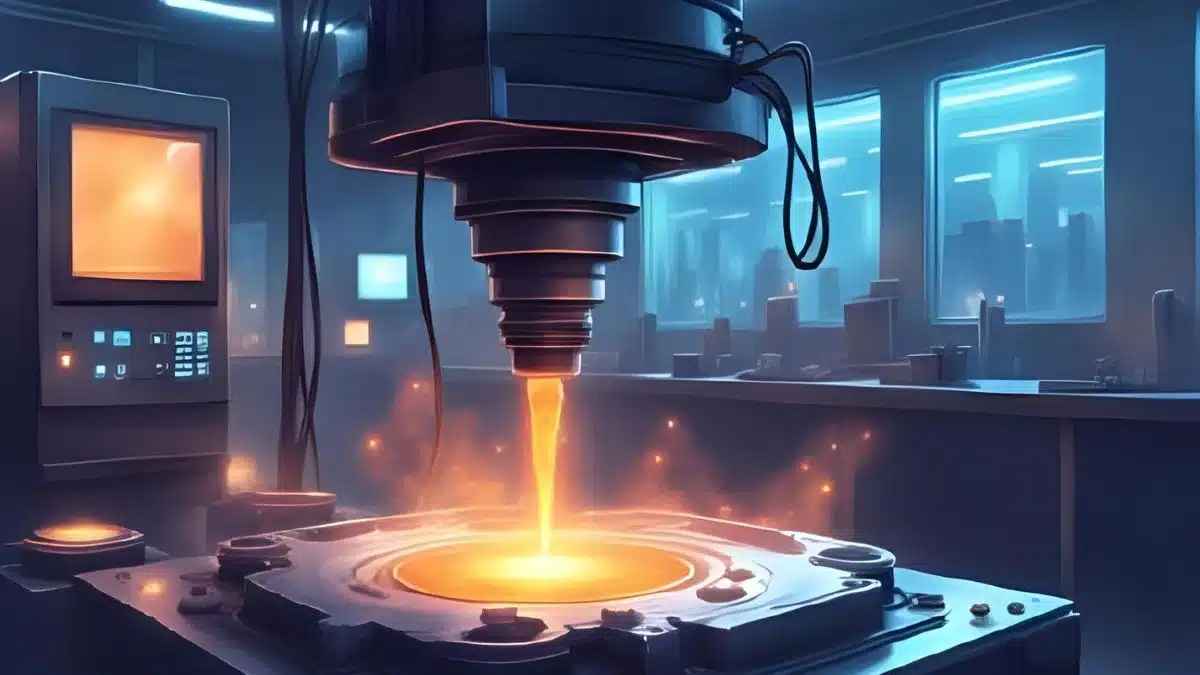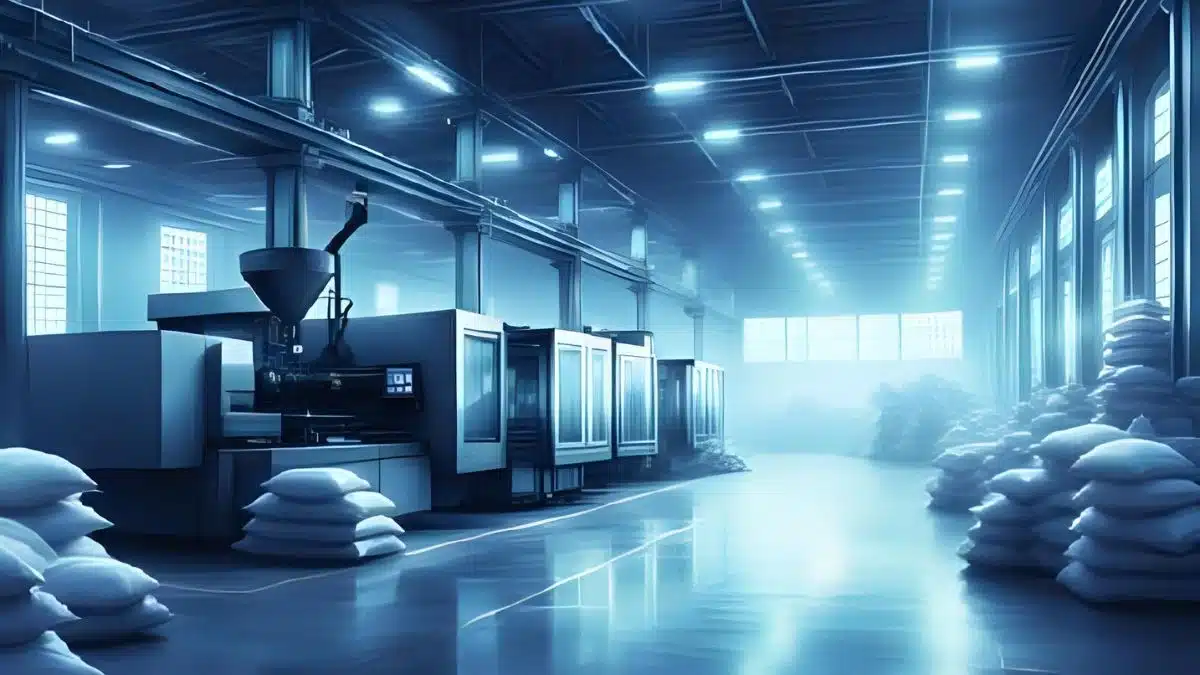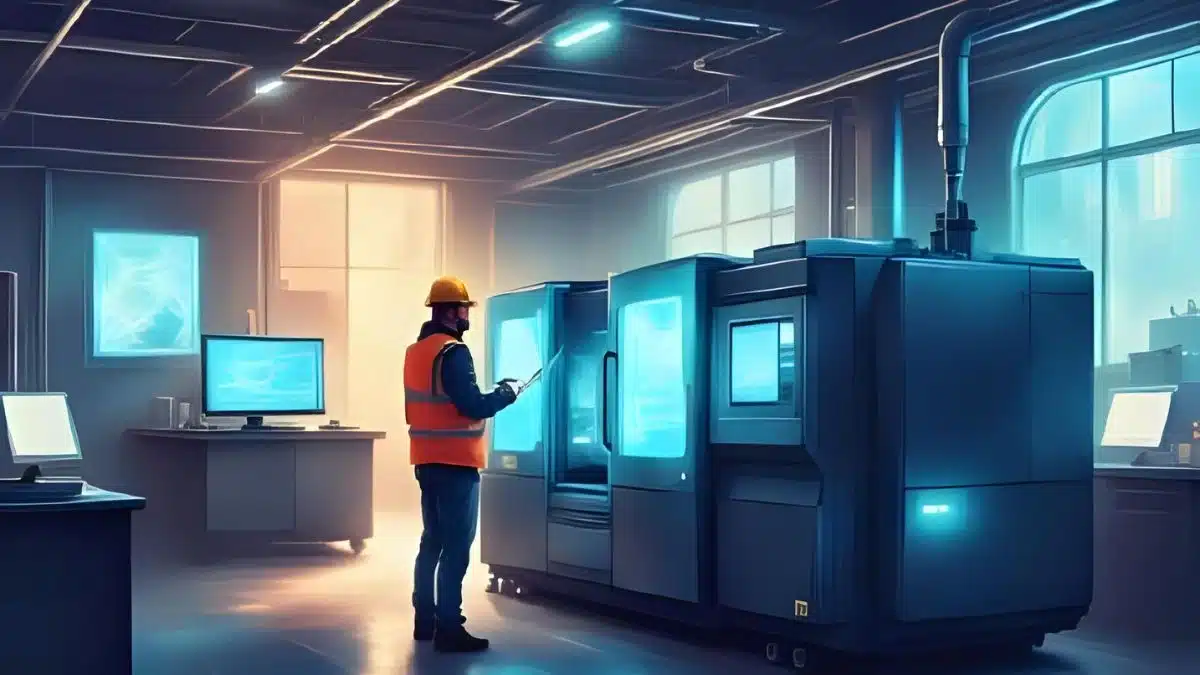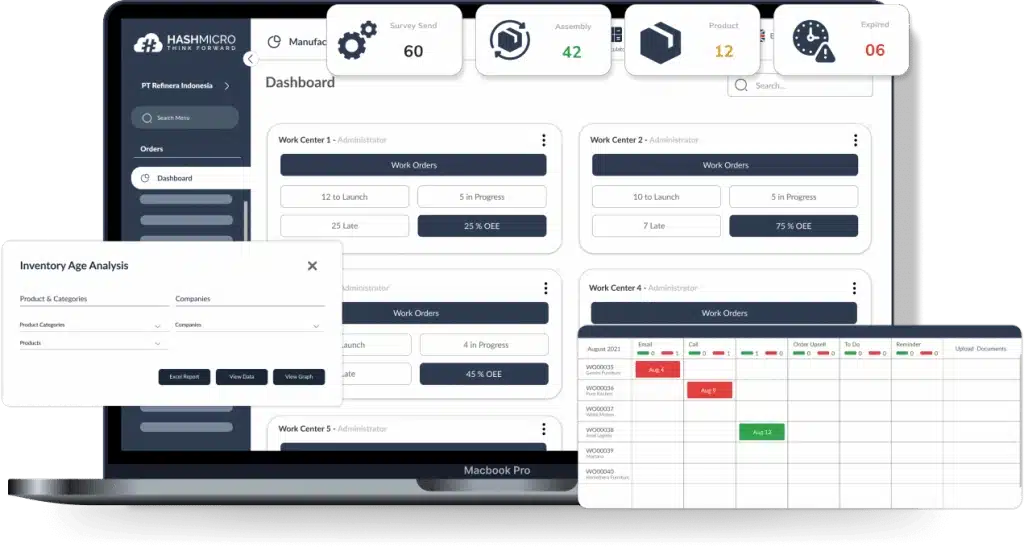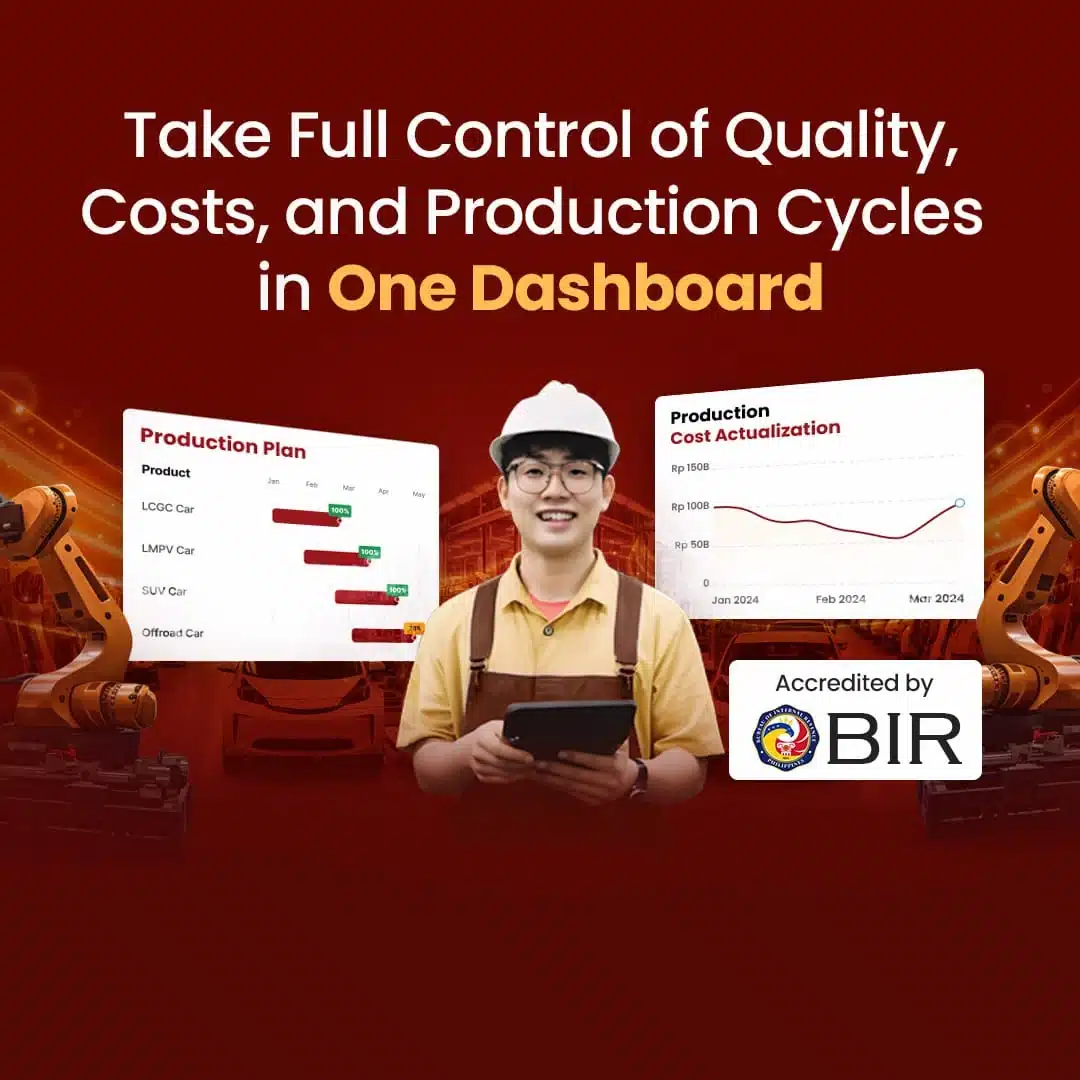In manufacturing, knowing what molding is is essential for boosting production efficiency. Many manufacturers still rely on traditional molding methods, which can lead to inefficiencies and higher costs. By gaining a better understanding of what is molding and the materials used, businesses can improve their processes and product quality.
Globally, the plastic injection molding market is expected to grow at a 4.8% CAGR from 2025 to 2033 due to advances in techniques and materials. The Philippines’ manufacturing sector is evolving with industries adopting modern molding techniques to boost efficiency. This growth emphasizes the need to adopt modern processes to stay competitive.
Exploring various molding techniques and molding materials can help you make informed decisions about your manufacturing processes. Understanding the various types of molding and their applications will enable you to optimize your production line for enhanced efficiency and cost-effectiveness.
In this article, we’ll explore the molding process, the types of molding used, the materials involved, and techniques that can enhance your manufacturing operations. Let’s begin by diving into the fundamentals of what is molding and why it’s essential for your business.
Key Takeaways
|
Table of Contents
What is Molding?
Molding is a manufacturing process used to shape raw materials into specific forms by placing them into a mold. This mold dictates the final shape and size of the product. With its ability to work with various materials, molding combines precision with creativity, making it both a technical and artistic process.
Types of Molding Process
The world of molding is diverse, encompassing various techniques each suited to specific applications and materials. Understanding these types helps in selecting the right method for a project.
1. Reaction Injection Molding (RIM)
Reaction Injection Molding (RIM) is a specialized molding process that involves injecting reactive materials into a mold under high pressure. Unlike traditional injection molding, RIM uses low-viscosity liquid polymers that chemically react inside the mold to create lightweight yet durable components with intricate designs.
| Pros | Cons |
|
|
2. Injection Molding
Injection molding is a widely used technique, especially for mass production. Molten material is injected under high pressure into a mold, where it solidifies into the desired shape. This process is ideal for creating complex shapes and intricate details in a range of products, from consumer goods to automotive parts.
| Pros | Cons |
|
|
3. Vacuum forming
Vacuum forming is a thermoforming process where a plastic sheet is heated until pliable, then draped over a mold. The pressure pulls the plastic tightly against the mold, capturing intricate details. This efficient, cost-effective, and rapid manufacturing method produces diverse plastic products, from packaging to automotive parts.
| Pros | Cons |
|
|
4. Insert molding
Insert Molding is a manufacturing process where a pre-made part, like a metal insert, is placed into a mold and encapsulated with plastic resin. It combines metal strength with plastic flexibility, making it popular across industries. The molding process enables efficient component integration, reducing extra assembly.
| Pros | Cons |
|
Requires careful selection of insert materials that are compatible with molding materials.
Demands high precision in insert placement to ensure a flawless final product. |
5. Compression molding
Compression Molding is a molding process that uses thermoset plastics and rubber compounds. In this method, material is placed into a heated mold cavity and shaped by pressure and heat. This molding technique offers a cost-effective solution for high-volume production while maintaining durability and strength in the final product.
| Pros | Cons |
|
|
6. Foam molding
Foam Molding is a process that creates lightweight, porous components from foamed plastic. This molding technique involves mixing a polymer with a gas under pressure, allowing it to expand inside a mold. The result is a part that blends the strength of plastic with the lightness of air, similar to creating a sponge but with precise engineering.
| Pros | Cons |
|
|
7. Transfer molding
Transfer molding combines aspects of compression and injection molding. To start, a pre-measured amount of molding material is placed into a chamber. Then, under heat and pressure, the material is forced into the mold cavity. This technique is particularly well-suited for intricate designs and components with tight tolerances.
| Pros | Cons |
|
|
8. Matrix molding
Matrix molding embeds reinforcement fibers into a liquid matrix to form a strong, flexible composite after curing, allowing manufacturers to create products beyond the capabilities of individual materials and to document each component in the Bill of Materials accurately.
| Pros | Cons |
|
|
9. Extrusion molding
Extrusion molding heats raw plastic and forces it through a die, creating long, consistent shapes. This continuous, efficient process is ideal for uniform cross-sections, similar to pasta making, and ensures consistent product quality.
| Pros | Cons |
|
|
10. Rotational molding (Rotomolding)
Rotational molding is a molding process where a mold rotates on multiple axes while being heated, allowing plastic to coat the mold’s interior evenly. This technique is ideal for producing large, hollow, seamless parts. It’s especially effective for creating durable, one-piece items in various shapes.
| Pros | Cons |
|
|
11. Blow molding
Thermoforming heats a plastic sheet, making it pliable. It’s then shaped in a mold, cooled, and trimmed into the final product. This technique, combining heat and precision, allows for larger, more intricate items.
| Pros | Cons |
|
|
12. Thermoforming
Thermoforming is a process where a plastic sheet is first heated until it becomes pliable, then shaped within a mold. Once the plastic cools, it is trimmed to create the final product. This technique, which combines heat and precision, allows for the creation of larger and more intricate items.
| Pros | Cons |
|
|
13. Bladder molding
Bladder molding is a unique process where an inflatable bladder applies internal pressure to form complex, hollow shapes. This method involves placing a preformed sheet of material into a mold, and then inflating the bladder to push the material against the mold’s walls.
| Pros | Cons |
|
|
What are the Molding Materials?
While the molding process shapes the product, the material used greatly affects its performance. Each option brings unique properties suited to different needs.
| Material Type | Description & Applications |
| Plastics | Thermoplastics (PE, PP) are easily shaped and reusable for packaging and consumer goods. Thermosets (epoxy) offer durability for automotive parts. |
| Bioplastics | Derived from renewable resources, they’re suitable for disposable items and packaging, aligning with eco-conscious manufacturing. |
| Metals | Aluminum, steel, and magnesium are strong, heat-resistant metals used in automotive and aerospace parts. |
| Rubber & Silicone | Known for flexibility and heat resistance. Natural rubber suits tires and seals, while silicone fits medical and kitchen products. |
| Composites | Fiber-reinforced or metal matrix composites deliver high performance in extreme environments, making them ideal for aerospace and industrial use. |
Thermoplastics
These are among the most common molding materials due to their flexibility and reusability. Types like polyethylene (PE), polypropylene (PP), and polystyrene (PS) are widely used in packaging, consumer goods, and automotive parts because they can be melted and reshaped without degrading.
Thermosets
Unlike thermoplastics, these materials, once cured, cannot be re-melted. Consequently, materials like epoxy and polyester resins offer excellent strength and resistance. Therefore, they are perfectly suited for electronics and automotive parts, particularly where performance is prioritized over recyclability.
Bioplastics
Derived from renewable resources like corn starch or sugarcane, bioplastics address environmental concerns. Moreover, they’re often used in disposable goods and packaging, which exemplifies molding where sustainability is prioritized over durability.
Metals
Aluminum, steel, and magnesium are selected for their strength, heat resistance, and structural integrity. In industries such as aerospace and automotive, metal-based molding techniques are used to form parts that must endure extreme stress and conditions.
Rubber & silicone
These materials offer elasticity, heat resistance, and electrical insulation. Natural rubber is used in tires and seals, while silicone is preferred for medical devices, bakeware, and applications requiring resistance to both heat and chemicals.
Composites
A combination of two or more materials, composites offer tailored performance. Fiber-reinforced polymers and metal matrix composites are widely used in aerospace and defense for their strength-to-weight advantages and resistance to harsh environments.
Applications of Molding in Businesses
Understanding what is molding reveals just how essential it has become across industries. From functional components to sleek consumer designs, molding supports efficient production, consistent quality, and scalable manufacturing. Below are examples of how the molding process is applied in various sectors.
Automotive
BMW uses plastic injection molding to produce over 100,000 CFRP parts annually, including roof panels, strut braces, and seat frames. These components improve the lightweight design and structural performance of their vehicles.
From interior trims to engine covers, molding contributes to both aesthetics and performance. Body panels made of thermoplastics reduce weight without sacrificing durability. Additionally, under-the-hood parts are often molded to withstand high heat and stress.
Medical
Precision is non-negotiable in this field. Molding is ideal for producing sterile surgical tools and custom prosthetics. For example, syringe barrels and scalpel handles benefit from tight tolerances and repeatable quality offered by advanced molding techniques.
Mantle TrueShape, a medical device company, reduced prototyping time for high-temperature plastic parts from 7 weeks to about 8 days by using 3D-printed tool-steel mold inserts. The printed tooling matched conventional performance, enabling faster launches and meeting medical standards for materials like Radel PPSU and acetal.
Consumer Products
Molding shapes many of the products people interact with daily. Blow molding forms bottles and containers efficiently. Meanwhile, injection molding is used for electronics and home items, an example of molding that balances function, aesthetics, and cost.
Innovative Plastics used Desktop Metal’s Studio System™ to 3D print tooling for custom injection molding. This cut cycle time by 25%, boosted daily production by thousands of parts, and reduced lead times and costs by 30–40% by enabling features like conformal cooling.
Aerospace
Partnering with Seaway, an aerospace manufacturer transitioned from CNC-machined window shade assemblies to plastic injection-molded versions. The outcome was a more efficient, customizable, and cost-effective product line, meeting all safety and quality standards and enhancing flexibility for a range of aircraft models.
This sector relies on lightweight, precise components. Composite molding is used for panels, and advanced molding materials shape gears and conduits. Many manufacturers use manufacturing ERP systems for scheduling and material traceability to ensure consistency.
Guide to Choosing the Right Molding Process
Finding the most suitable molding process is a key step in achieving high-quality, cost-effective production. Rather than relying on a one-size-fits-all solution, businesses must assess several factors that influence both the design and performance of the final product.
Material compatibility
Start by evaluating the behavior of each candidate material. Some molding materials respond well to heat and pressure, while others may not. Consider strength, flexibility, and temperature resistance when matching materials to the right process.
Part complexity
The shape and detailing of a part often determine which molding techniques are feasible. Complex designs with undercuts or fine textures may require more advanced methods. Choose a process that can replicate every detail with consistent results.
Volume requirements
Regarding production scale, it plays a major role in process selection. For large batches, therefore, options like injection molding are often preferred for their speed and efficiency. Meanwhile, for lower volumes, slower but more flexible techniques may be justified.
Tolerance and precision are needed
Certain parts require tighter tolerances and greater dimensional control. If your project demands accuracy, opt for high-precision molding process options, such as injection or compression molding, which minimize variation and reduce defects.
Cost considerations
Alongside tooling and material costs, consider labor and long-term efficiency. While some methods have a higher upfront cost, they often offer lower per-unit pricing over time, an important factor for sustained, large-scale production.
Managing tooling, labor, and material costs effectively can improve long-term production efficiency. To explore a more scalable and cost-efficient solution for your business, click the banner below to view pricing details for HashMicro’s manufacturing software.
Improve Molding Process with HashMicro
Enhancing your molding process goes beyond choosing the right technique or material. To maintain consistency, reduce waste, and increase output, manufacturers need better visibility and control across operations. This is where a robust manufacturing ERP solution can help align every stage of production.
HashMicro’s Manufacturing Software is built to support molding businesses in the Philippines. With real-time monitoring, connected devices, and smart scheduling, it offers the tools needed to manage production from start to finish with greater accuracy and less manual work.
This platform adapts to a range of industries, including automotive, electronics, and packaging. It connects your molding operation to inventory, sales, and accounting, so you no longer rely on scattered spreadsheets or separate systems.
Key features to support molding operations
- Bill of Materials (BoM) simulation: You can store and simulate every material required for a molded product. This ensures accurate quantities and prevents shortages during production.
- Quality control checkpoints: Assign inspections at critical points of production. This is essential for molding techniques that require precision, such as injection or compression molding.
- Automated production scheduling: Jobs are scheduled based on priority, equipment availability, and staffing. This reduces idle time and helps meet deadlines more consistently.
- IoT device integration: HashMicro connects to machines, sensors, barcodes, and RFID readers. These tools track temperature, cycle times, and material flow to optimize your molding process.
- Subcontractor tracking: If you work with vendors for specific parts or materials, the system helps you monitor deadlines and ensure quality from third-party providers.
- Cost visibility for materials and labor: Track and analyze all material, labor, and overhead costs in one place. This allows better pricing decisions and more efficient production planning.
Conclusion
Molding enables manufacturers to produce high-quality parts at scale using methods suited to their materials, design needs, and output targets. Choosing the right molding process and molding materials helps ensure better performance, precision, and long-term cost savings.
With that, HashMicro’s Manufacturing Software supports every stage of the molding workflow, from material planning to real-time monitoring. Its smart features, including BoM simulation, scheduling, and IoT integration, make production more efficient and easier to manage across teams.
To get started, you can schedule a free demo with HashMicro. Their team will walk you through the system and help tailor it to your molding operations, so you can improve productivity and gain full control over your manufacturing process.
FAQ About What is Molding
-
What is the similar meaning of molding?
Molding is often used interchangeably with forming, shaping, or casting. These terms refer to processes that shape a material into a desired form using tools like molds or dies.
-
What is an example of molding?
One clear example is the production of plastic bottles using blow molding. In this process, air pressure is used to shape heated plastic into a hollow container.
-
What is the process of floor molding
Floor molding is a traditional sand casting method for large, heavy castings. Molds are hand-packed directly on the foundry floor around a pattern.
-
How do I know which molding technique is right for a small business Small
Consider budget, volume, complexity, and equipment. For low-volume, flexible needs, thermoforming or compression molding may be better than costly injection molding.
-
Can molding techniques be combined in one production line?
Yes, hybrid approaches are possible. For instance, insert molding can be paired with injection molding, or thermoforming may be used before a trimming or finishing step. Combining techniques helps optimize cost and part function.









